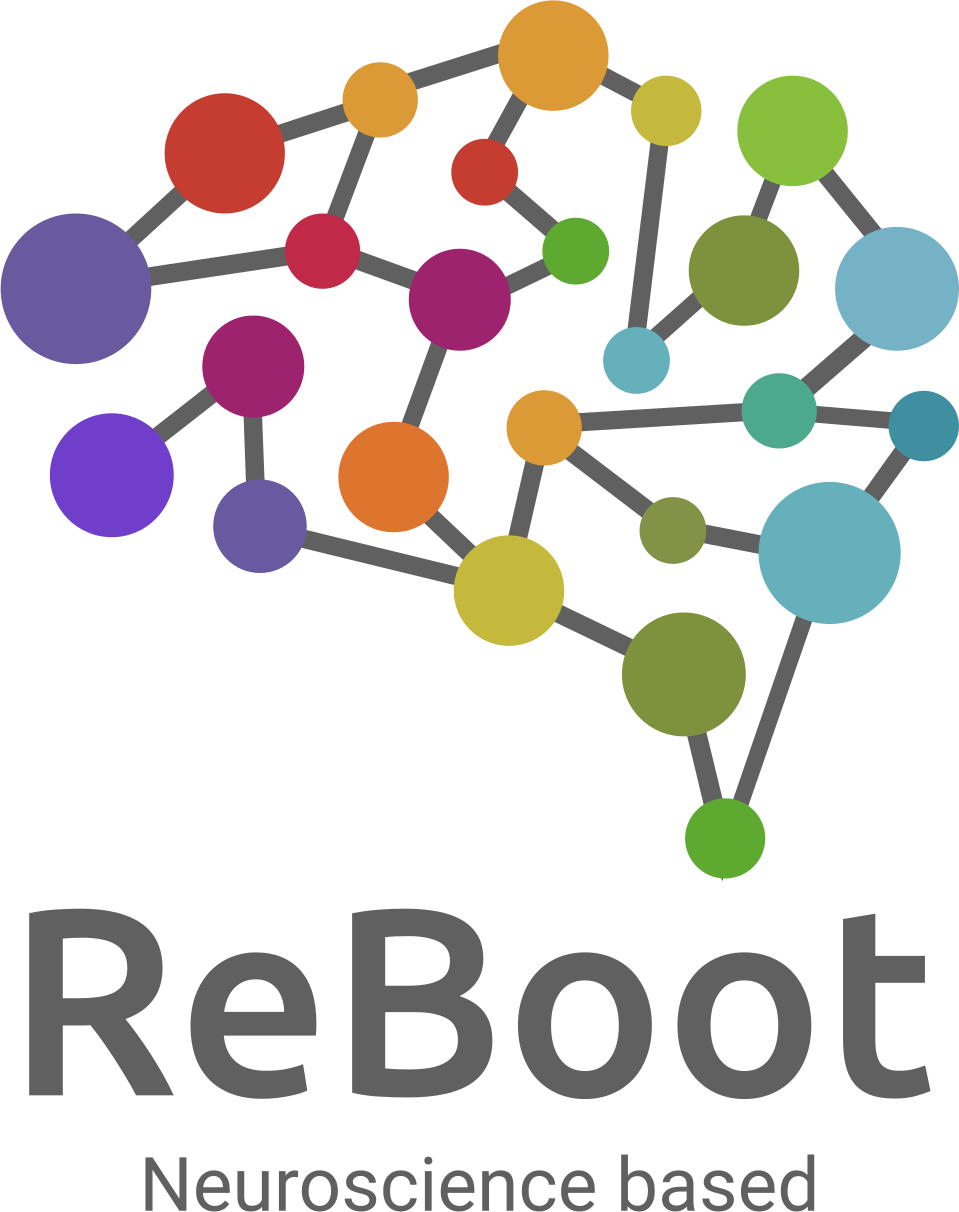
What is EMDR Therapy?
Eye Movement Desensitisation Reprocessing Therapy (EMDR Therapy) is a highly researched therapy that was developed to ‘desensitise’ and ‘reprocess’ traumatic memories. Initially used only for major traumatic experiences, it is now used for a wide variety of mental health presentations including stress, anxiety, panic attacks, depression, outbursts, chronic pain, phantom limb pain, specific phobias and other conditions that are either caused by, or contributed to stress, such as tics or tinnitus.
EMDR uses bilateral eye movements and other bilateral stimuli such as tapping or audio sounds, vibrations, to stimulate circuits in the brain to start on the journey of healing.
Imagine it as going on a journey – your brain is the engine driver and has the ‘GPS’ – not you, not the therapist. The therapist facilitates this journey. We may be carrying baggage with us on the journey, some of which is under wraps as they are too difficult to deal with. The brain first ‘unwraps’ these before ‘letting go’ of them. As the brain ‘lets go’ of the bad experiences, it usually brings in good experiences or better thoughts and feelings.
Imagine it also like the brain being a ‘gardener’ in the ‘garden’ of your life experiences. This garden has both weeds and good plants. The brain has to pull the ‘weeds’ out. Some weeds are more superficial and come out quickly. Others need a bit more work. Once pulled out, they are binned.
What this means is that the initial process of ‘unwrapping’ baggage or ‘pulling out’ the weeds can be difficult. It is like a wave – the memory or disturbance can first increase in session, before it subsides and is replaced by neutral or positive memory, thought, or feeling. Typically, when the memory or disturbance increases, it can cause distress. For some people this lasts a few minutes in a session, though for others it may last longer. The same person may also process different memories differently.
Between sessions, the brain continues the work it started. Though it often means that there is ongoing improvement between sessions, sometimes more stuff can get ‘unblocked’ which can cause distress. If this happens, then the next session needs to be brought forward if needed, to process the stuff that got ‘unblocked’.
Research on EMDR shows that even after completion of therapy, there is ongoing increased healing in the brain that continues for months.
EMDR therapy can be combined with techniques from Art Therapy, Play Therapy and similar therapies. It includes processes from multiple other therapeutic interventions such as Cognitive Behaviour Therapy, Acceptance Therapy, and Internal Family Systems Therapy. It is known to achieve treatment effects more rapidly than other forms of therapy.
Depending on the extent of difficulties and if the traumatic or stressful episodes are single or chronic, 4 to 6 sessions or 10 to 12 sessions are recommended. Some people may need a longer duration of treatment.
EMDR therapy is a useful modality to try resolve issues without medication or help sustain wellness when weaning off medication.
